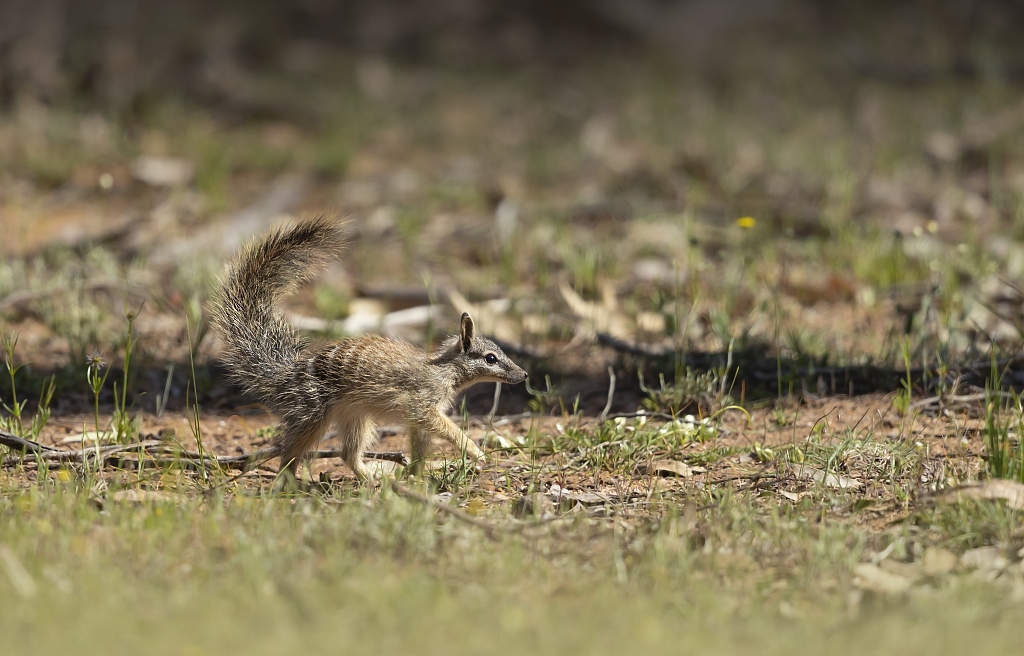Ecologists have given some of Australia's rarest native animals, red-tailed phascogales and numbats, new leases of life by relocating them from one end of the island continent to the other.
The Australian Wildlife Conservancy (AWC) announced on Wednesday that 60 phascogales have made the 1,400 km journey from Alice Springs Desert Park in the Northern Territory to the Mallee Cliffs National Park in the southwestern region of the state of New South Wales (NSW).
Their new home within the 9,570-hectare parkland is protected by electrified fence to safeguard native animals from feral predators such as cats and foxes.
The ecologists hope the phascogale population will eventually grow to more than 1,500 when the tiny nocturnal animals settle.
"The return of red-tailed phascogale to Mallee Cliffs represents an important step in the long-term conservation of the species," said NPWS ecologist Dr Laurence Berry.
Among the phascogales' new neighbors are 20 numbats, which have also traveled far this week. Five are from Perth Zoo in Western Australia about 3,000 km away and the other 15 are from AWC's Scotia Wildlife Sanctuary in NSW.

A numbat in Australia. /VCG
A numbat in Australia. /VCG
The Perth numbats actually began their long journey in early December during national COVID-19 travel restrictions, which led to the little marsupials spending more than a month in the South Australian capital of Adelaide.
AWC ecologists gathered up the numbats at Adelaide where they then boarded a charter flight to NSW, followed by a two-hour drive to their new home.
Mallee Cliffs already has some resident numbats, which were released in the sanctuary in late 2020.
AWC ecologists say that although it might be a few days or weeks before the new arrivals come across the already settled numbats, they are hopeful that "marsupial mingling will run smoothly, and breeding will soon follow."
"Maintaining genetic diversity is an important consideration when planning reintroductions and key to ensuring the long-term viability of the numbat population," Berry said.
"In order to promote this diversity, we're mixing numbats from Perth Zoo with those from Scotia to capture a wider range of the remaining genetic variation for this species."
The sudden arrival of the numbats is not so good news, however, for the parkland's termites, as the small marsupials consume about 20,000 of the insects daily.
Ecologists estimate there are fewer than 1,000 numbats remaining in Australia, making them rarer than the population of giant pandas.
(Cover image: Red-tailed phascogales' drawing. /VCG)
(If you want to contribute and have specific expertise, please contact us at nature@cgtn.com.)
Source(s): Xinhua News Agency

